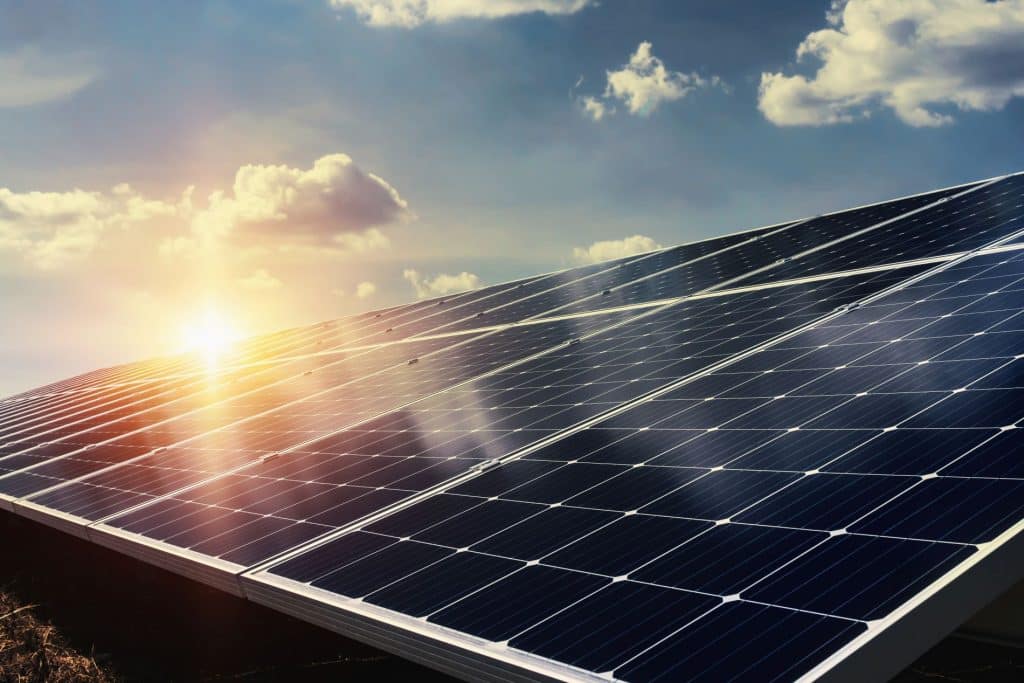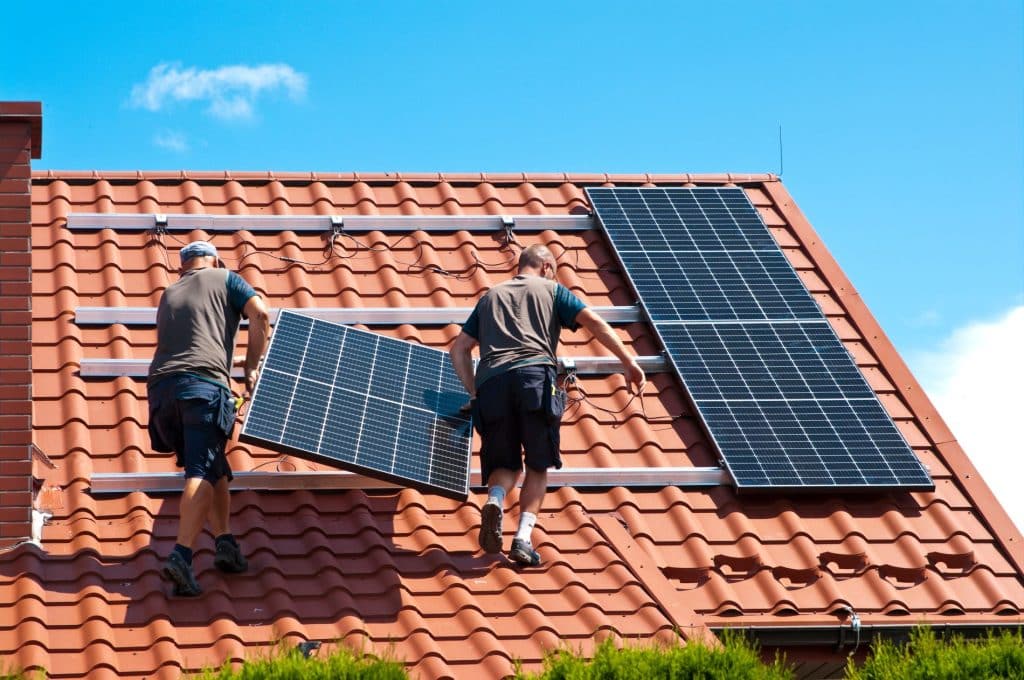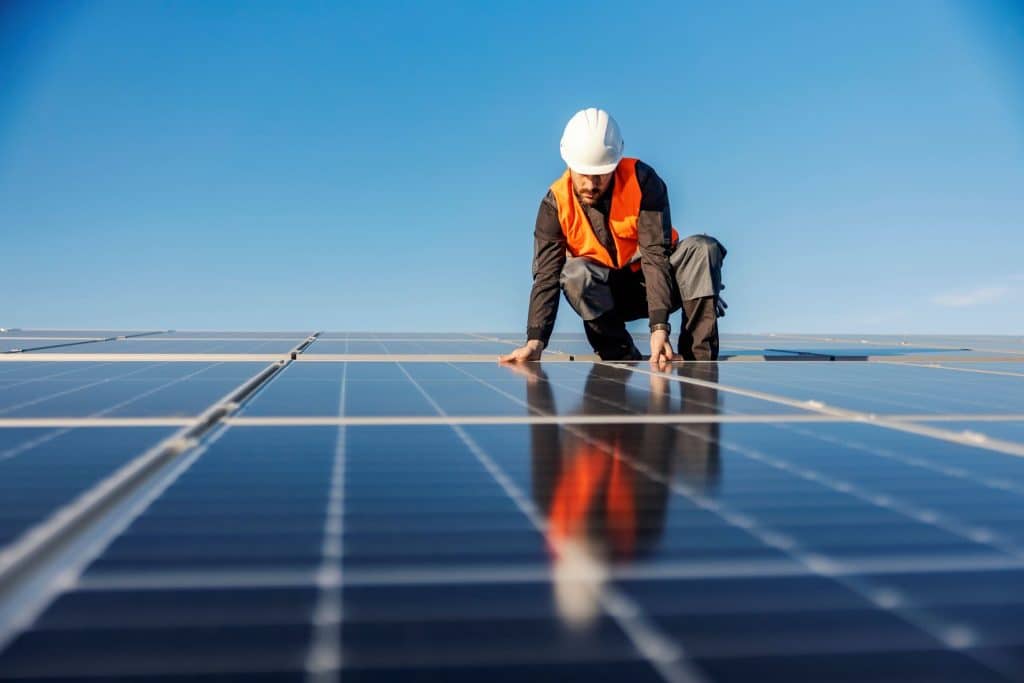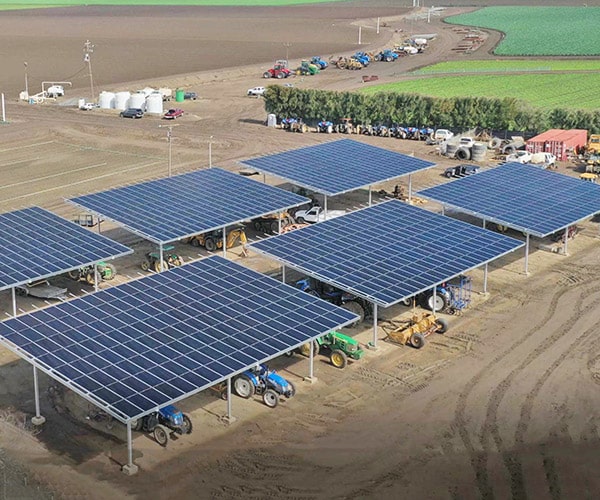"We vetted several companies to be honest, and when everything came back positive about the honest work, work on time, and quality, we really didn't have a choice but to go with Nuway. And we're glad we did."
Before we delve into why you should consider an integrated solar roof (and why), let’s first cover the basics of solar power.
You’ve probably noticed a few more solar panels on people’s roofs as of late. This makes sense since solar energy has been growing exponentially over the last few decades. And it’s only going to get more popular. In fact, solar energy is predicted to account for 40% of electricity usage in the U.S. by 2035. Here’s why:

the benefits of solar power
Environmental Benefits
It’s no secret that solar energy helps reduce global carbon emissions. But have you ever thought about how solar energy can also help improve air quality and reduce water usage?
Traditional fossil fuels produce toxic air pollutants like sulfur dioxide, nitrogen oxides, carbon monoxide, and mercury, which are hazardous to human health. Furthermore, power plants use a large amount of water to produce their energy, and also contribute to water contamination.
While the actual production of solar panels do require a significant amount of energy, it has been found that most solar systems can produce the same amount of energy needed to produce them within one to four years.
electricity generation
It’s still true that fossil fuels are more efficient than solar energy, but they’re a finite resource. And solar technology is only getting more sophisticated. You can’t outrun the impending solar wave; soon it will be the new norm.
While the efficiency of your solar system depends on how much sun your area receives, the average energy output of a standard solar panel is around 1.8 kilowatt-hours per day. To put that into perspective, the average small business uses between 15,000 kWh and 25,000 kWh a year. So, a typical small business would need roughly 30-40 panels to cover their energy costs for the year.
Cost Savings
Regardless of size and energy output, the average time it takes to break even on a solar investment is about 7-8 years. After that, your electricity costs are all but nonexistent! Just think how much money you could save in the long run. That’s potentially tens of thousands of dollars saved, just by going solar.
tax incentives
Depending on what state you live in, your commitment to solar energy could also lead to incredible tax benefits. From investment tax credits (ITC) that reduce your federal income tax liability to production tax credits (PTC) based on the electricity you generate, now is the time to go solar!
If you’re interested in learning more about Federal Solar Tax Credits for your business, check out this list.
The downsides
The weather
You need sunlight to make solar energy. But, as you probably know, it’s not always sunny. While this doesn’t nullify your solar system, it does somewhat lower the efficiency.
And of course there’s always the possibility that storms and other serious weather may damage you solar panels.
Maintenance
Keeping your solar system clean and in optimal working condition may require occasional maintenance, so having a qualified technician in your contacts list isn’t a bad idea.
The Upfront Cost
Yes, installing a solar system is pricey. And we understand that it’s not feasible for everyone. But if you can part with the initial cost, you will more than make it back within a decade. Like we said before, most solar systems pay for themselves within 7-8 years. Plus, your utility bill will be a tiny fraction of what it once was.

Solar system options
Now that you’re sold on solar, let’s explore your solar system options. Currently, there are two primary ways of generating solar energy for your business.
Traditional roof-mounted solar panels
- Ideal for existing structures
Integrated solar roofs
- Ideal for new construction
roof-mounted solar panels
These are what you think of when you think of solar energy. You already know what they look like. But do you know what they do?
Here’s a quick science lesson: the photovoltaic cells in solar panels turn the sun’s light into electricity by separating electrons from photons (the sun’s light). Cool, right?
If you have an existing building with ample roof real estate, consider installing some solar panels for all your electricity needs! But, if you’re about to start construction on a new building, there’s a smarter investment on the market.
integrated solar roof

In a nutshell, an integrated solar roof system is a roof made of solar panels. So, instead of mounting individual solar panels onto the roof of an existing building, you use solar panels to build the roof — or a portion of it.
Unlike traditional solar roof panels, integrated solar roof panels are much lighter weight. And because they are flush with the rest of the roof tiles, they look much cleaner. But wait, there’s more!
Nucor PowerShingle
If you’re building a lean-to, connector building, covered parking lot, or covered storage area, you might want to consider installing the Nucor PowerShingle system. This innovative solar integrated roof system is completely leak-proof and 100% American-made. It requires no sub-roof, and comes with a 25-year warranty!
PowerShingle takes less than 1.4 acres of land to produce 1 megawatt of energy, whereas traditional ground-mount solar systems take about 4 acres.

Interested in brainstorming possible PowerShingle applications for your new construction project? Let’s talk!

